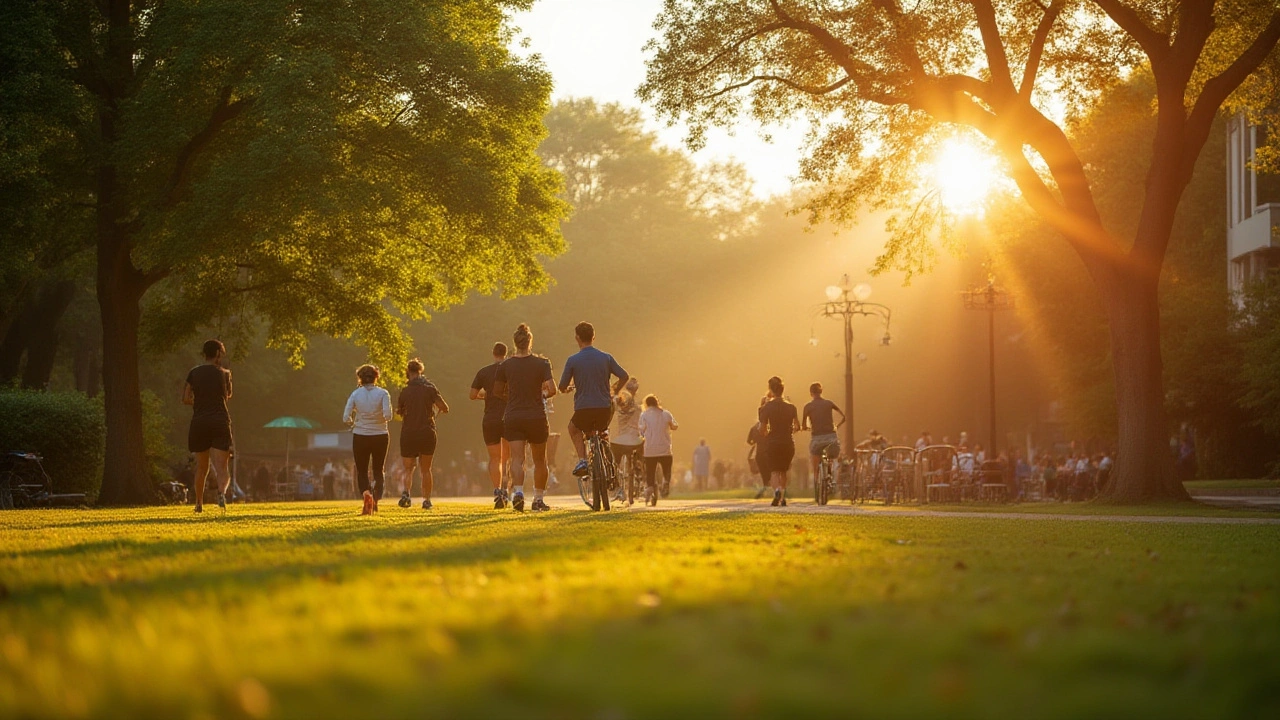Light Therapy for Depression: How It Works and What to Expect
Feeling down as the days get shorter? Light therapy is a well-known approach to help with depression, especially Seasonal Affective Disorder (SAD). It’s not just about brightening your room—it’s about boosting the brain chemicals that affect your mood.
This therapy uses a special light box that mimics natural sunlight. Sitting near it for about 20-30 minutes each morning can make a big difference. The light signals your brain to slow down melatonin production—the hormone that makes you sleepy—and increase serotonin, which lifts your mood.
Why Light Therapy Helps with Depression
Many people feel low in winter because reduced sunlight messes with the body’s internal clock. This disruption can lead to sleep problems, low energy, and overall sadness. Light therapy targets this by resetting your circadian rhythm. Unlike regular lamps, light boxes emit a bright, safe light usually at 10,000 lux intensity, which provides enough brightness to trigger the brain without harming your eyes.
You don’t need to stare directly at the light—just sitting nearby while reading, having breakfast, or working can do the trick. Using the light consistently in the mornings tends to produce the best outcomes.
What to Keep in Mind When Using Light Therapy
Light therapy isn’t an instant fix. Results usually show after a few days to a couple of weeks of daily use. It’s best to stick with it during the darker months to keep symptoms in check. Some users may experience mild side effects like eye strain, headaches, or irritability, but these often disappear after adjusting the timing or distance from the light.
Before starting, check with a healthcare provider to rule out conditions like bipolar disorder, where light therapy might not be suitable. Also, make sure the light box you choose is designed for therapeutic use, filtering out harmful UV rays.
In short, if gloom grabs hold during shorter days, light therapy can be a straightforward tool to brighten your mood and shake off those winter blues.

